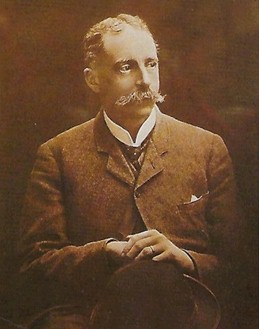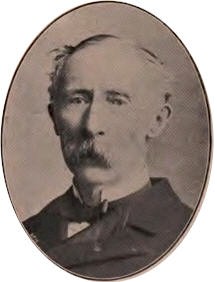Victorian Turkish baths for animals:
vets advocating Turkish baths:
George Thomas Brown
& Sir Frederick Fitzwyngram
Brown was appointed Professor of Veterinary Science at the Royal Agricultural College, Cirencester, in 1850 at the age of 23. He remained there until 1862 when he went to work for the Privy Council.
The Turkish bath was installed at the college in 1860 and Brown was a strong advocate for its use. He became an eminent practitioner and in 1898 was knighted for his services to veterinary science.1
Lieutenant-General Sir Frederick Wellington John Fitzwyngram was a British Army cavalry officer, expert on horses and a Conservative politician. He was a member of the Royal College of Veterinary Surgeons, and, as president from 1875 to 1877, unified the veterinary profession.
He became MP for Fareham in 1885, and
held the seat until 1900, being interested in military and horse related matters
in the House of Commons. Based on a series of lectures, published by Smith,
Elder in 1862, he wrote his influential book on the care and management of
horses, Horses and stables, which was first published by Longmans, Green,
Reader and Dyer of London in 1869.2
This page enlarges an image or adds to the information found below:
Turkish baths for animals in Victorian London and Middlesex

Victorian Turkish Baths: their origin, development, and gradual decline



Comments and queries are most welcome and can be sent to:
malcolm@victorianturkishbath.org
The right of Malcolm Shifrin to be identified as the author of this work
has been asserted by him
in accordance with the Copyright, Designs and Patents Act 1988
© Malcolm Shifrin, 1991-2023

